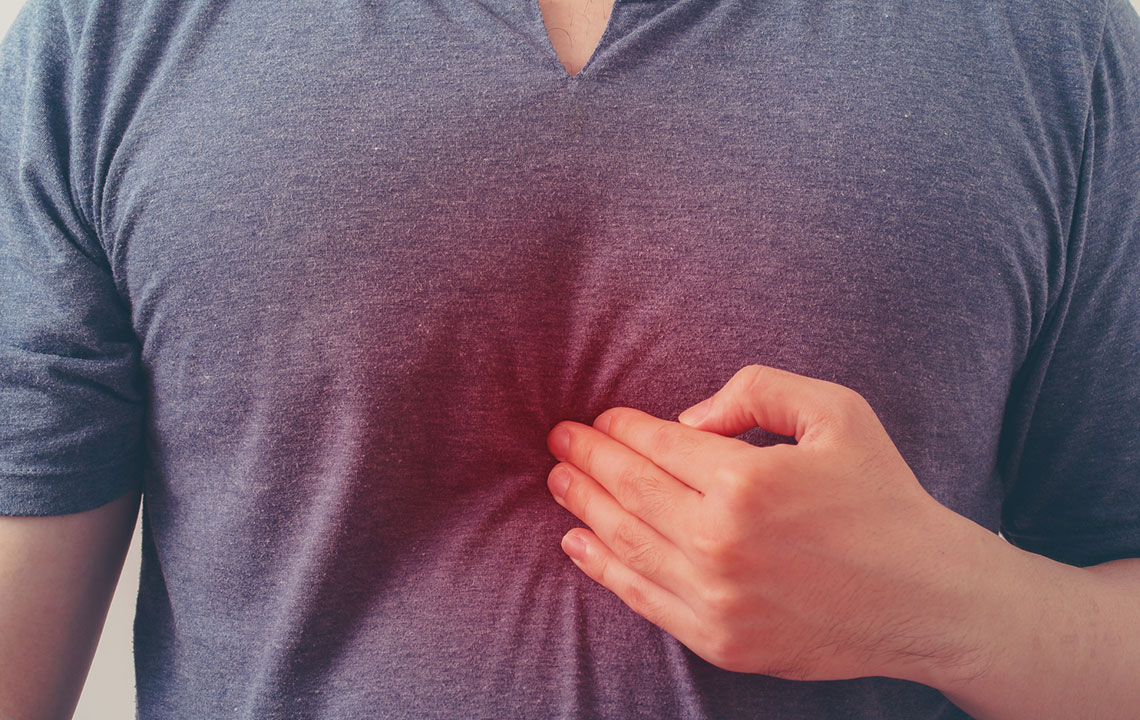Understanding Key Signs and Symptoms of Acid Reflux Disease
This article discusses the key indicators and symptoms of GERD, including causes, typical signs like heartburn, and potential complications. It emphasizes the importance of professional diagnosis and management for this common digestive disorder.

Gastroesophageal Reflux Disease (GERD) is a condition affecting the digestive tract, related to issues with the lower esophageal sphincter (LES), which isolates the esophagus from the stomach.
Causes and Symptoms of GERD
GERD has multiple origins, with symptoms varying among individuals and over time. Excessive stomach acid production is common. Contributing factors include LES dysfunction, hiatal hernia, and slow digestion due to low metabolic activity.
The LES is a vital muscle ring that prevents reflux by closing after swallowing. Weakening or inappropriate relaxation allows stomach contents to enter the esophagus, causing GERD.
Issues like weak LES contractions and excessive relaxation promote reflux. Hiatal hernia, where part of the stomach protrudes into the chest through the diaphragm, may also influence GERD, though its exact impact is uncertain. Not all with a hiatal hernia show symptoms.
The primary symptom is acid reflux, presenting as a burning sensation in the chest after meals, often worse at night. Additional signs include:
Chest pain
Sensation of a lump in the throat
Difficulty swallowing
Food regurgitation
Nighttime reflux may cause:
Sleep disruption due to coughing
Laryngeal inflammation
If unmanaged, GERD can lead to complications such as:
Esophageal narrowing caused by scarring from acid damage
Formation of esophageal ulcers that may bleed and be painful
Barrett’s esophagus, increasing cancer risk due to lining damage
Important:
This overview offers general insights into GERD symptoms and complications. It is not a substitute for professional medical advice. Consult healthcare professionals for diagnosis and treatment options.


